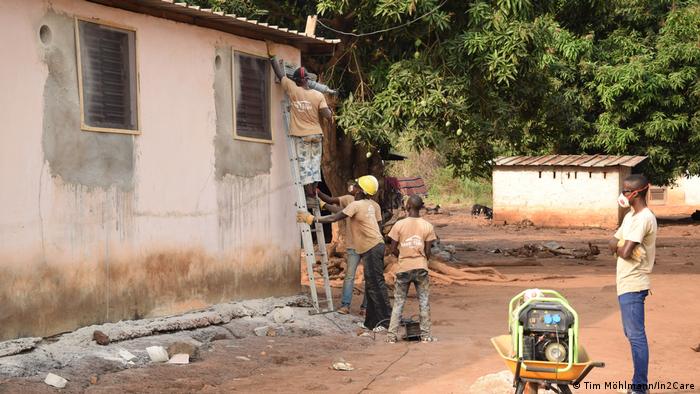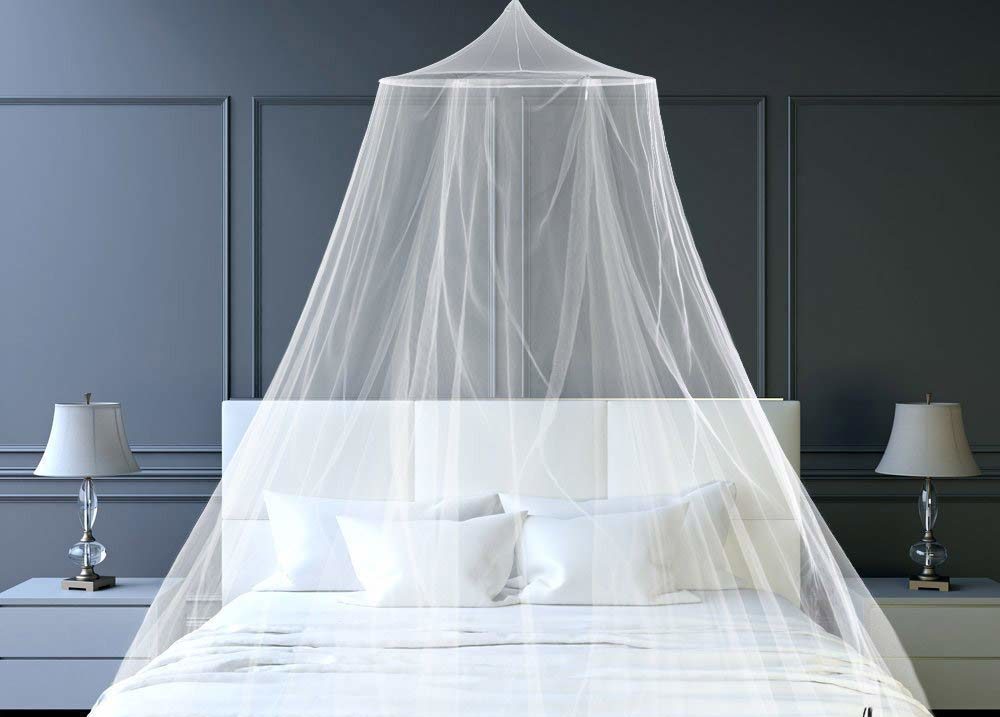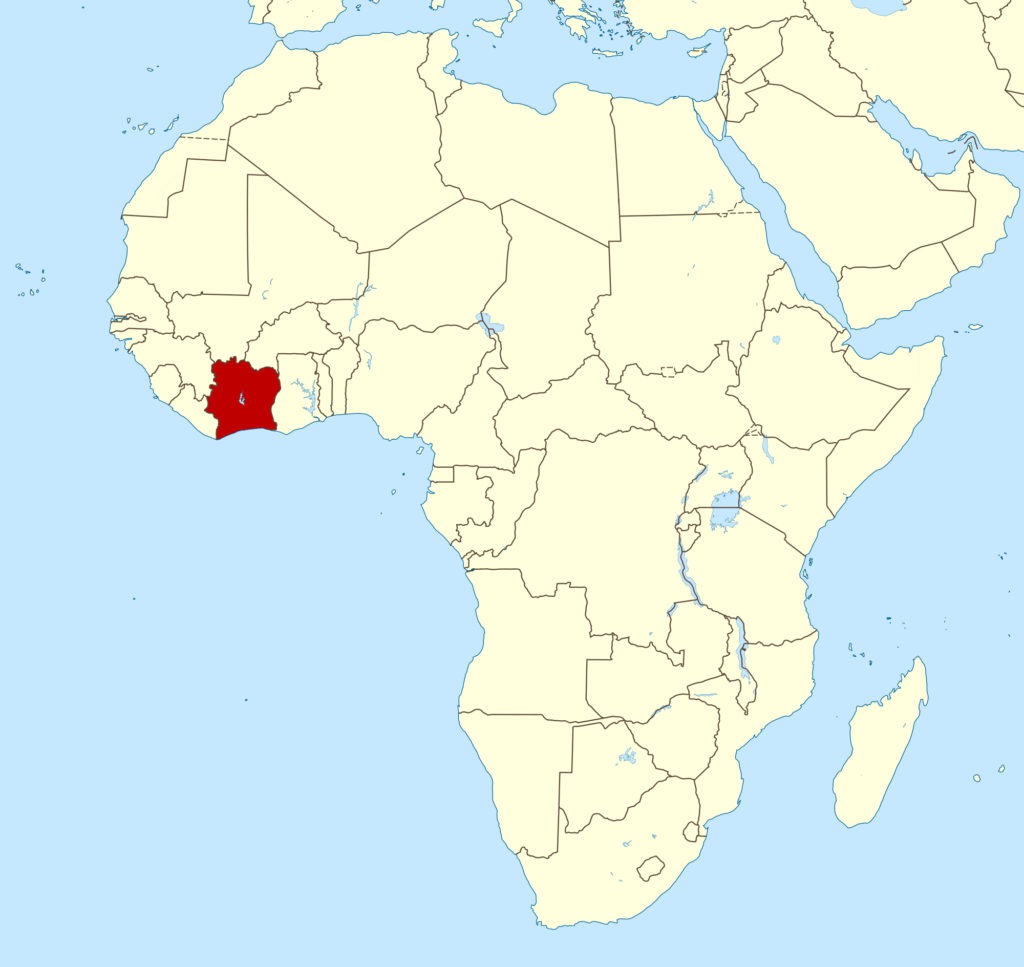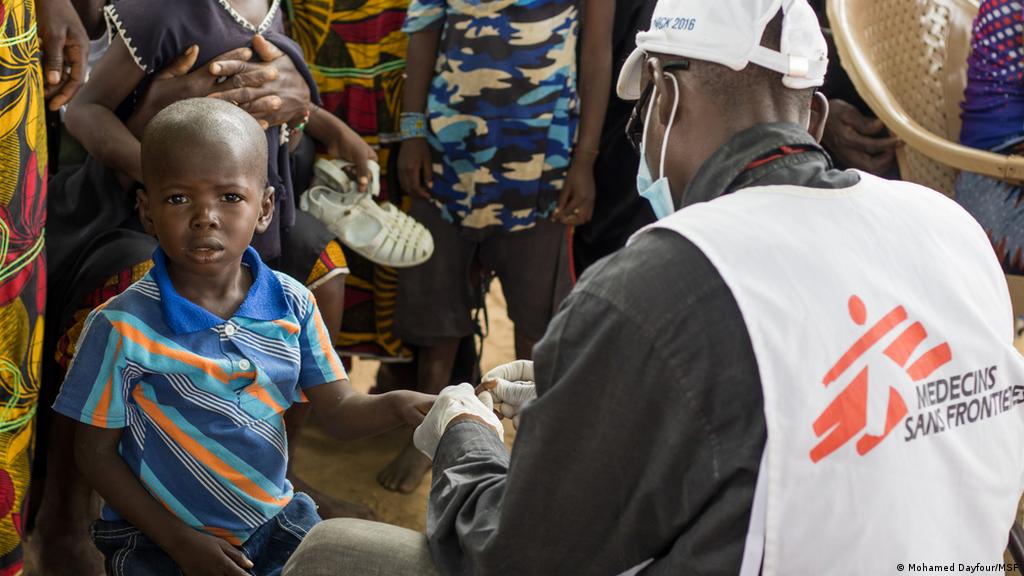Around 200 million people are infected with malaria each year.
The use of new technology in the Ivory Coast has shown potential as a major step in preventing malaria-spreading mosquitoes.
The following written content from Charli Shield
Malaria is a leading cause of death for children and is most prevalent in some of the world’s poorest countries. A new lure-and-kill style device trial shows potential for a major drop in malaria-spreading mosquitoes.
A new type of malaria control has significantly brought down infection rates among children in the Ivory Coast in western Africa, according to new research published in The Lancet.

The device, developed by Dutch researchers and trialed over two years in combination with the use of window screens and insecticide-coated bed nets, was found to lower the incidence of malaria by around 40-50% in children aged between six months and 10 years old.
“Any reduction would be great, but something as significant as 40 to 50% is substantial — particularly in high-burden countries like Cote d’Ivoire,” said Jaishree Raman, a professor at the Institute of Sustainable Malaria Control at the University of Pretoria, South Africa, who was not involved in the study.
Malaria — a disease transmitted from person to person by infected Anopheles mosquitoes — is still one of the world’s deadliest infectious diseases, causing more deaths than all other parasitic diseases combined. Each year, around 200 million people are infected with malaria and more than 400,000 people die, according to the World Health Organization (WHO). Most of them are children in sub-Saharan Africa.
Infections and deaths have steadily declined over the past two decades, but in recent years, this decrease has stalled despite widespread use of malaria controls, such as insecticide-treated bed nets — more than a billion of which have been distributed across the African continent since 2000.
“Controlling the vector [mosquitoes] is one of the most important ways of bringing down malaria cases,” said Sanjeev Krishna, professor of molecular parasitology and medicine at St George’s University in the UK and long-term malaria researcher. “The bed nets are a very useful intervention, but we also need some fresh ideas to bring those numbers down,” he told DW.
Lure-and-kill style intervention
Called EaveTubes, the lure-and-kill type devices developed in the Netherlands work like this: Plastic PVC tubes are installed in holes drilled underneath the roofs of houses. The tubes are fitted with screens laced with an insecticide approved for use with close human contact. Mosquitoes are attracted to the scent of the houses’ inhabitants, which wafts out through the tubes, luring them to the device. They are blocked from entering by the screen, and if they come into contact with it, poisoned by the insecticide and killed.
By killing the mosquitoes, not just preventing them from entering, “you’re not only protecting people living in the house, but also protecting people living in the wider area,” said Eleanore Sternberg, a program manager working on vector control products at Liverpool School of Tropical Medicine, a lead author of the study who managed the EaveTubes project in the Ivory Coast over its two-year duration.
The randomized control trial took place in 40 villages in the western African nation: Half the villages received insecticide-coated bed nets, and the other half bed nets as well as EaveTubes. The tubes were found to reduce the rate of malaria by 40% on top of bed net usage.

“Bed nets have done a lot to reduce malaria cases over the past 20 years, but a lot of mosquitoes aren’t killed by the insecticides used on these bed nets anymore,” Sternberg told DW, pointing to the increasing challenge of insecticide resistance facing malaria control efforts around the world.
Mosquito control has traditionally relied on bed nets, as well as indoor residual spraying — in which homes have to be cleared of furniture to coat the walls in insecticide —, and larvaciding — treating bodies of water in which mosquitoes breed.

Researchers suspect the EaveTube insecticide proved more effective at killing mosquitoes than that which coats the bed nets because it is a more potent concentration. It also covers a lower surface area than bed nets and indoor spraying, which could help reduce insecticide resistance, malaria researcher Krishna said. Read more from DW





